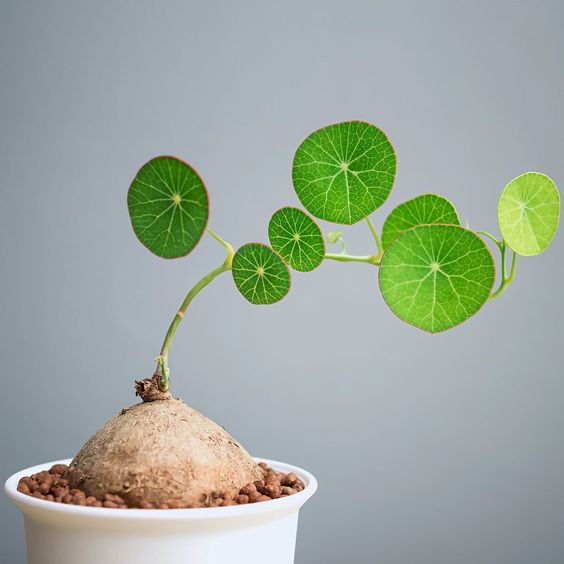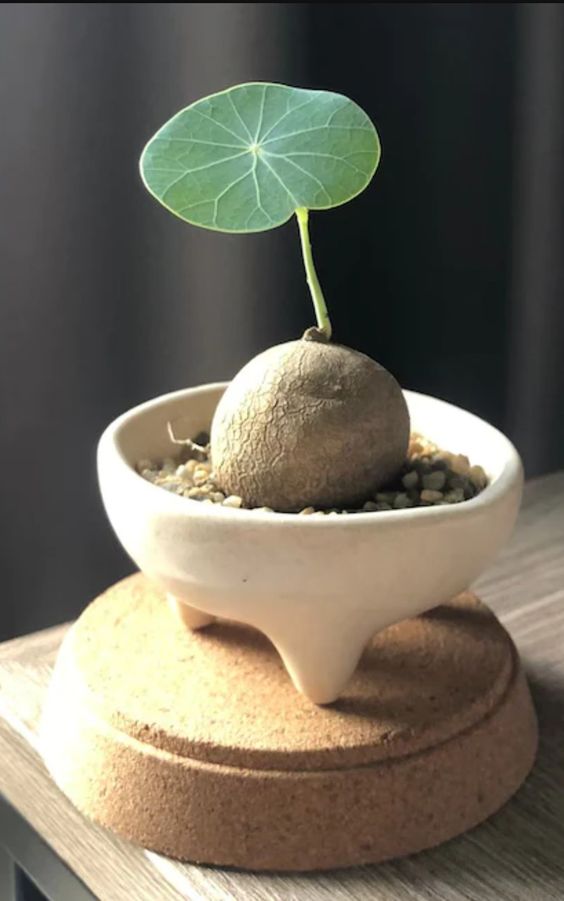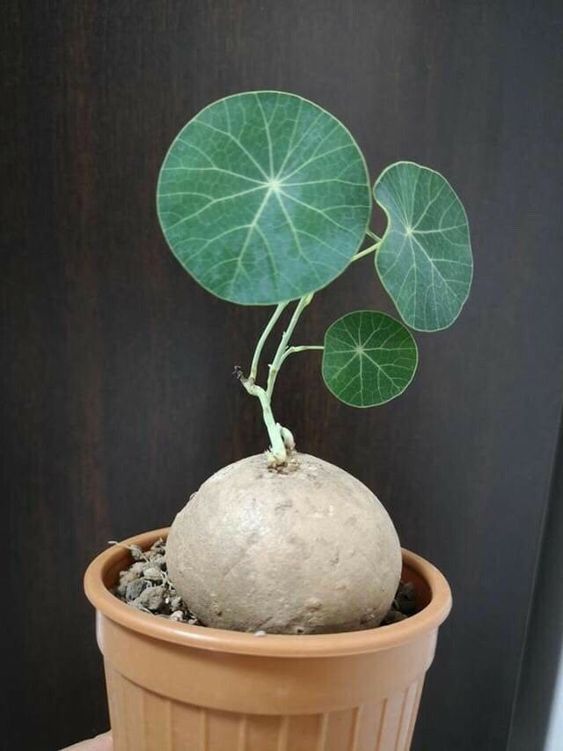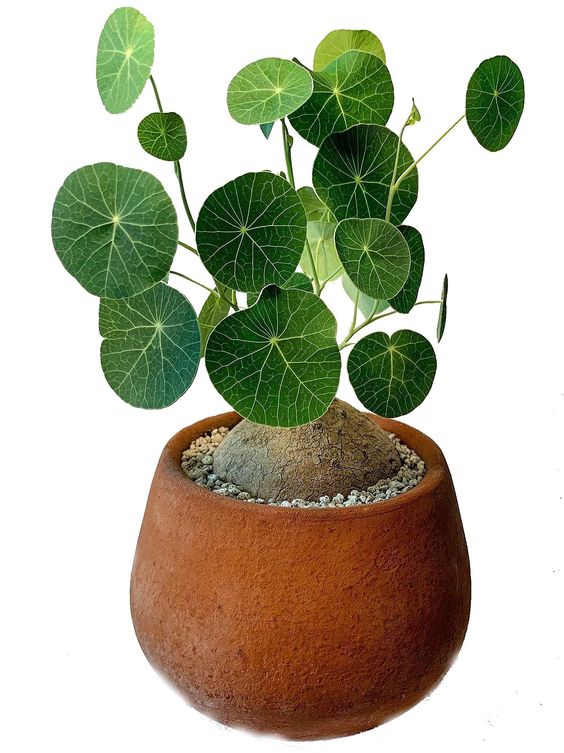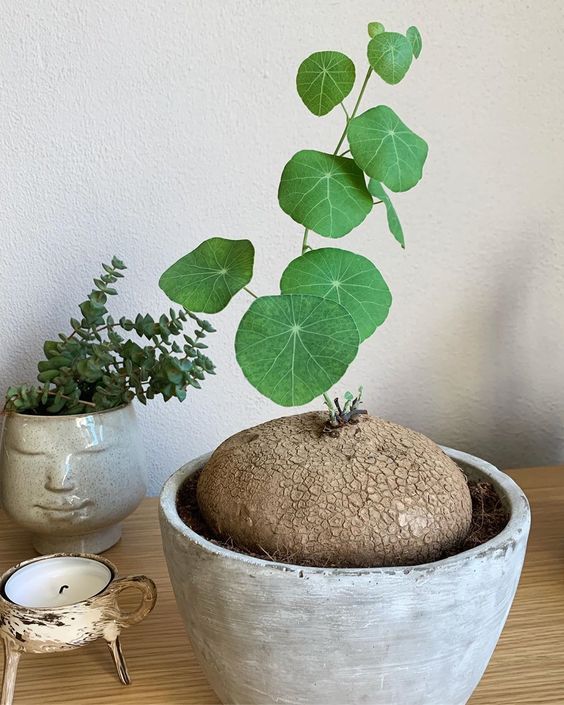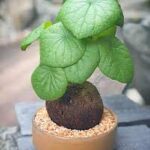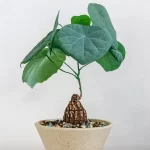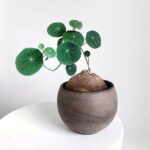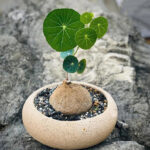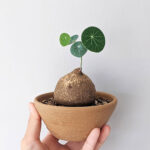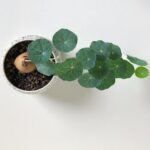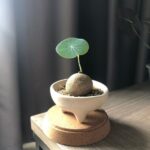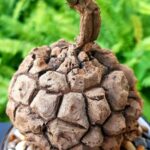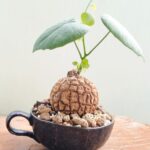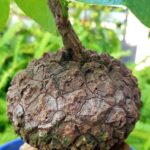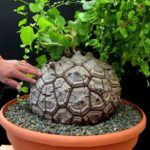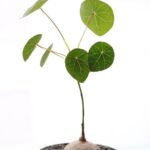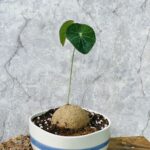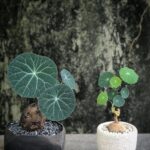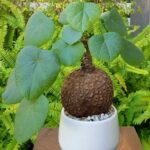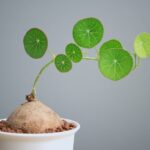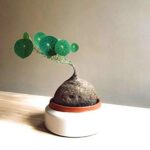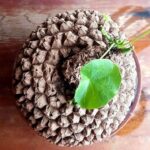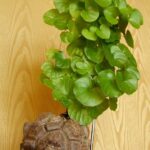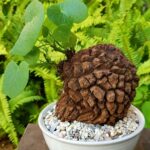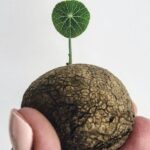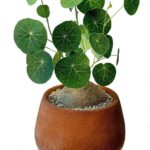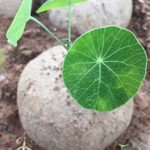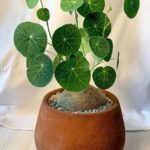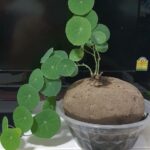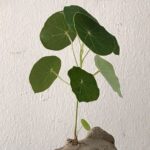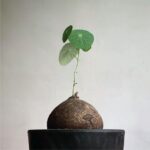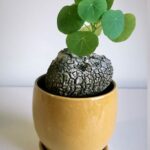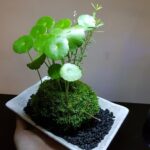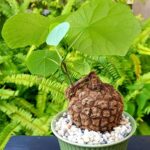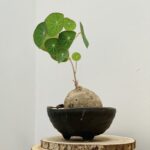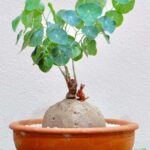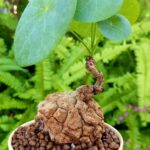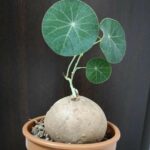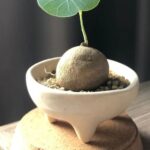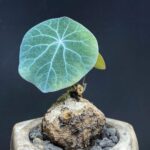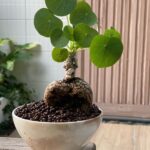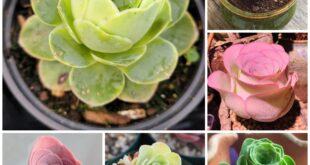Stephania is a genus of flowering plants in the family Menispermaceae, native to East and South Asia and Australasia. They are little known in horticulture. The species are herbaceous, perennial vines with a large, woody caudex. They grow up to 1 m high. The leaves are shield-shaped, arranged spirally on the stem and the petiole is located near the center of the leaf. Male flowers have 6 to 10 sepals, 3 to 5 fleshy petals and 6 anthers. Like male flowers, female flowers have 3 to 5 petals and a 3 to 6-part style. The fruits are drupes.
The genus name is related to the Greek “Stephana,” a feminine form of “Stephanos,” meaning “crown,” referring to the crown-like arrangement of the anthers.
Stephania tetrandra is one of the 50 basic herbs of traditional Chinese medicine and is called Han Fang Ji.
Growing conditions and general care
Stephanias are native to Southeast Asia and the Australasia region, particularly the Indochinese countries. In their natural habitats, these caudex plants are mostly found in seasonal deciduous forest on limestone mountains.
In warm, dry, frost-free climates, these plants make interesting vines for screens, porches, fences, and other supports. They grow well in greenhouses in conditions suitable for many cacti and succulents.
Stephaniens thrive in sunny locations and do well in greenhouses where the minimum nighttime temperature in winter is 10 to 16°C and the daytime temperature is a few degrees higher. These plants require well-drained soil, full sun, and airy, not overly moist conditions. From the time new growth begins in the spring until the stems and leaves die back in the fall, they require moderate watering, enough to keep the soil evenly moist but not saturated. During winter dormancy, water should be completely retained. Do not overwater or the caudex will rot and your plant will die.
 TopsDecor.com Home Decor Ideas
TopsDecor.com Home Decor Ideas
